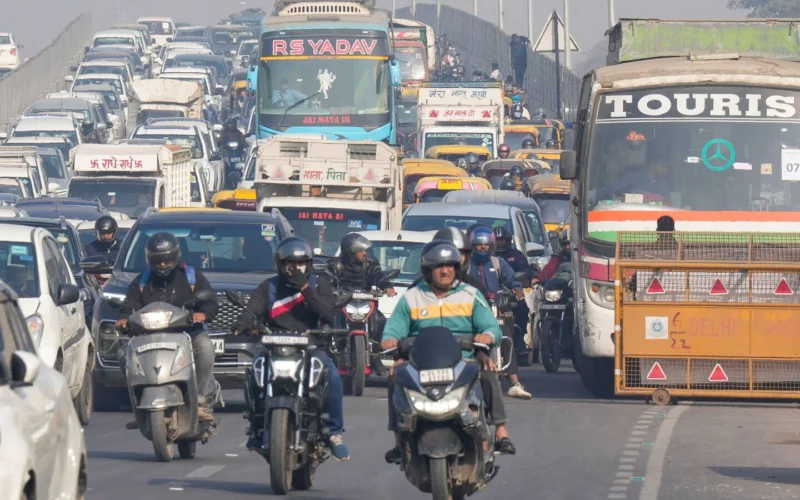New Delhi (National Times): In a major U-turn driven by widespread public backlash, the Delhi government has paused its controversial order to restrict fuel supply to “end-of-life” vehicles—petrol vehicles older than 15 years and diesel vehicles older than 10.
Announcing the rollback, Environment Minister Manjinder Singh Sirsa admitted that the implementation of the policy faced “technological hurdles and complex enforcement challenges.” He said the government is now considering a targeted crackdown on visibly polluting and poorly maintained vehicles, rather than penalizing those who maintain their older cars and bikes in good condition.
What Triggered the Controversy?
The decision comes just a day after a Commission for Air Quality Management (CAQM) directive, effective July 1, sparked outrage across the capital. The order was part of a larger initiative to curb vehicular emissions in Delhi, which suffers from alarmingly poor air quality throughout the year, particularly in winter months.
According to data cited by the CAQM, over 62 lakh vehicles across Delhi, including private cars, motorcycles, commercial trucks, and even vintage models, fall into the “end-of-life” (EoL) category. The data also claimed that nearly half of Delhi’s pollution is vehicular in nature.
Flawed Tech Rollout
The plan relied heavily on Automatic Number Plate Recognition (ANPR) cameras installed at 498 fuel stations across the NCR to automatically identify EoL vehicles. These systems were linked to a central database to flag vehicles no longer eligible for fuel.
However, Sirsa admitted that the technology was not foolproof. ANPR systems currently struggle to detect High-Security Registration Plates (HSRPs) issued after April 2019, and suffer from frequent sensor glitches and system malfunctions.
“There are still several operational challenges — non-working cameras, faulty sensors, and technical hiccups,” Sirsa said during a press briefing Thursday afternoon.
‘Green Policy’ or ‘Green Penalty’?
Delhi residents took to social media in droves, expressing outrage over what many saw as a poorly thought-out and punitive regulation. Some pointed out that even luxury vehicles, well-maintained and with valid Pollution Under Control (PUC) certificates, were unfairly targeted.
One X user decried the policy after being forced to part ways with a Mercedes-Benz E280 V6, calling it “vintage scrap,” while another lamented selling an eight-year-old Range Rover that had barely clocked any mileage due to the pandemic.
Critics slammed the rule as not just environmentally ineffective but also economically burdensome, with many pointing out that buying a new vehicle comes with 45% GST and additional cess.
“This isn’t a green policy. It’s a penalty on responsible ownership and common sense,” wrote one disgruntled user.
Alternative enforcement model under consideration
Delhi was the first NCR city to implement the policy, with neighboring regions like Gurugram expected to follow suit by November 1. It is unclear if other states will now reconsider or modify their rollout plans.
Meanwhile, the Delhi government says it is working on an alternative enforcement model that will target vehicles that visibly pollute, instead of focusing solely on age.
The move is being seen as a partial victory for public sentiment, but it also raises important questions about the balance between environmental policy and practical governance.

